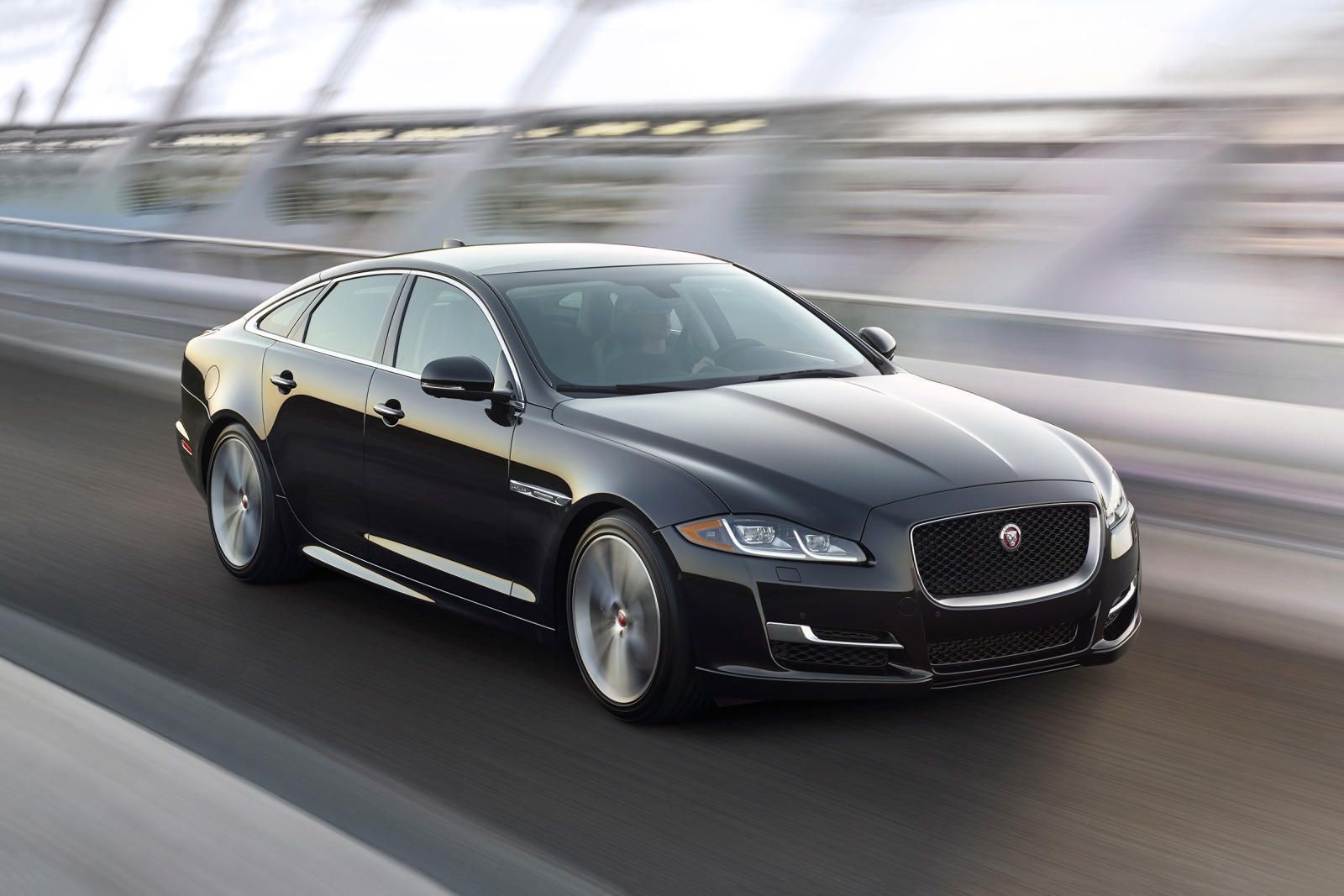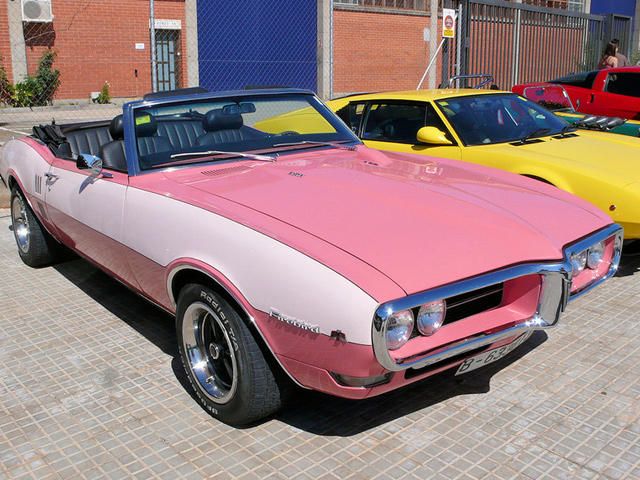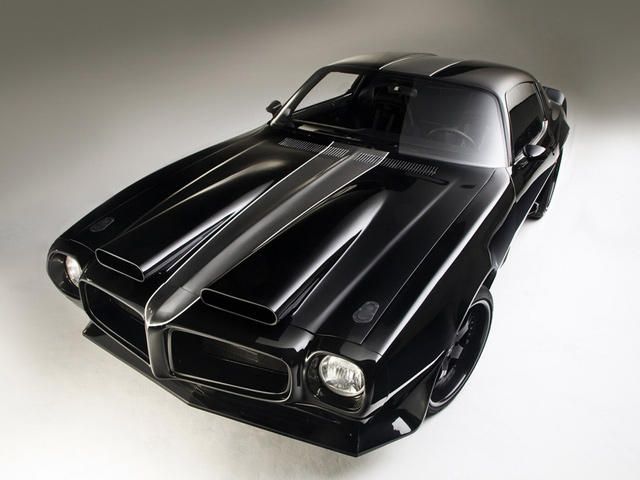
The Pontiac Firebird was essentially GM's answer to the Mercury Cougar; at first, anyway. Later models would have nothing to fear from the Cougar. The car debuted in 1967, and shared a platform with what was seen as the more mundane Chevrolet Camaro. The Firebird got different sheet metal than the Camaro, although the Camaro is seen by many as having the more classic look. Like the Camaro, the Firebird lasted through decades of production without any changes to the basic idea behind the car.
It never became a luxury car and it was never offered without a V8. The first generation of the car had as classic pony car styling as has ever existed. This in spite of the fact that a pony car was never what Pontiac wanted to build. They had hoped for their own two-seat sports car, but GM said no, out of fear that it would cannibalize Corvette sales. Engine options were somewhat more limited than those found in other pony cars, but this is because all of them were Pontiac-specific power plants. A six-cylinder was offered, but the V8's were a bit larger than those found in the competition.
This is because the Firebird was seen as slightly more upscale, and buyers heavily favored the V8's. Like other pony cars in this era, the Firebird underwent a number of changes during its first few years on the market. Without question, the most significant of these was in 1969, when Pontiac first started offering the "Trans Am Performance and Appearance Package", then a $725 option. This caused a bit of controversy for a brief period, since the Trans Am name was used without permission of the SCCA, the governing body of the Trans Am race series.
This first generation lasted only until the 1969 model year, but due to problems with the rollout of the 1970 Firebird, 1969 Firebirds continued to be sold into the early part of 1970. The 1970 redesign introduced a new shape for the Firebird. A longer, lower shape, which would serve as the basic proportions for the Firebird for the rest of its existence. It was this generation that would raise the Firebird to the status of legend. Starting in 1977, the Firebird, and more specifically the Trans Am, received a number of roles in big movies, most of which starring Burt Reynolds.
This continued on into the third generation of the car, most notably on the show Knight Rider, but it is the second-gen Trans Am from Smokey and the Bandit that is the most classic of all Firebirds. It was the second generation that also saw the introduction of the giant hood decal of a bird on the Trans Am. Jokingly referred to as the "screaming chicken", this was one of the most love-it-or-hate-it styling touches in automotive history (note: the author is in the "love it" camp). The third generation, introduced in 1982, suffered from the low power numbers which plagued the niche during this period.
To their credit, Pontiac put a huge amount of effort into chassis design and weight saving, and in the end, performance didn't suffer. In fact, it was during this generation that the fasted Trans Am ever produced was made. This Trans Am was a special project for the T/A's 20th anniversary, and only 1,555 were built, during 1989 only. The idea was to take the 3.8-liter turbocharged V6 out of the now-infamous 1987 Buick Grand National and put it into the Trans Am, after a bit of tweaking. The result was not only the fastest Trans Am, but also the fastest American car sold in 1989.
Aerodynamics were also a priority in the design of this Firebird, and the car not only performed well, but got surprisingly good fuel economy as well. The Firebird got a facelift in 1991 and a redesign in 1993, but sales were on the decline. Just like the Camaro, the Firebird wasn't relevant anymore. Its relatively high price, compared to a number of Japanese offerings, meant that it had lost the youth market that was once so vital to pony cars. The Firebird was put to rest in 2002, and barely anybody noticed that it was gone. There have been some rumors that a new version, based on the current generation of the Camaro, could be in the works.
There have been some aftermarket attempts at such a car have actually shown what an attractive idea this could be. But it is still an unlikely prospect. Not only because Pontiac is no more, but this also seems to be an era of one pony car per company. As truly excellent as it is these days, the pony car niche doesn't sell in the numbers it used to, and profit margins are slim. So if you're in the market for a Firebird, you might have to take the aftermarket route. Either that or get a Camaro, they're pretty damn good these days.


